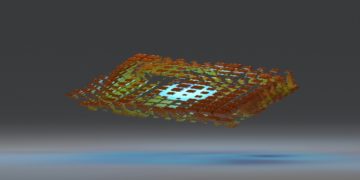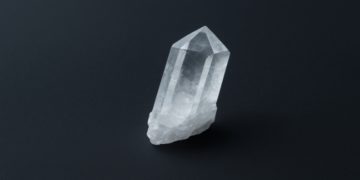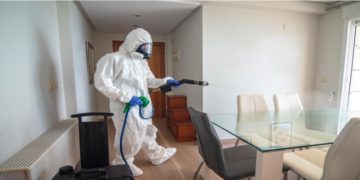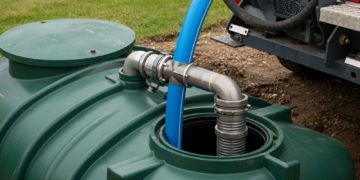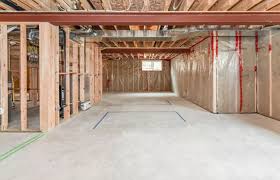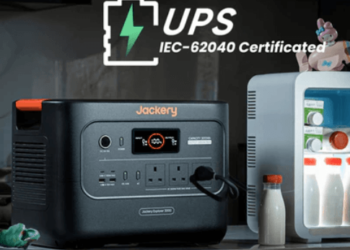Damage doesn’t always arrive with fanfare. Sometimes it seeps quietly, climbs unnoticed, or settles in places most homeowners would never think to check. What starts as a trickle can end in a collapse; what begins with a faint scorch mark can eventually lead to hazardous air quality.
Water and fire damage rarely stop at the obvious. They travel through the arteries of your home—between studs, along wiring, beneath floors. If you only treat what you see, you’re missing where the real problems lie.
Understanding how damage moves through a structure is key to spotting it early and restoring a home fully. Here’s a room-by-room breakdown of the unexpected places water and fire damage hide.
Inside the Walls: Silent Saturation and Heat Migration
When water enters a home—whether through a leak, flood, or burst pipe—it often disappears into wall cavities. Insulation absorbs moisture quickly, holding it against wooden framing and drywall. It doesn’t take long for mold to start forming in these dark, closed spaces.
In the case of fire, even if flames never breach the walls, intense heat can weaken structural components. The temperature spike causes wood to dry out and become brittle or warp. Wiring within the walls may also be compromised, even if it shows no exterior damage.
These hidden impacts mean that water damage restoration and fire damage restoration efforts must go beyond the surface. Removing and inspecting behind wall finishes is not just precautionary—it’s essential.
Ceilings: Where Damage Hangs Overhead
Ceilings are often the last place homeowners look for signs of trouble—but they can tell a compelling story. Water from a roof leak or upper-level plumbing issue collects in ceilings, creating sagging or discolored spots. Over time, this moisture weakens the support structures and risks a full collapse.
Soot and smoke from a fire tend to rise, gathering along ceiling lines and high corners. The discoloration might look faint at first, but smoke particles often bond to paint, textured surfaces, and even light fixtures.
These are not merely aesthetic problems. Ceiling damage can threaten overall structural integrity and air quality—especially if mold spores or smoke residue remain trapped.
HVAC Systems: Circulating More Than Air
Perhaps one of the most overlooked areas during damage assessment is the ductwork. Both smoke and water can infiltrate heating and cooling systems, where they spread contamination throughout the house.
In fire events, HVAC systems often draw in smoke and soot. These particles settle along duct walls, cling to filters, and circulate back into living spaces long after the fire is extinguished.
Water can enter vents through roof breaches or condensation buildup. Damp ducts create a perfect environment for microbial growth, particularly when airflow is limited.
It’s why Secure Restoration and other responsible providers always evaluate HVAC systems when assessing damage. Restoration isn’t complete if the air you breathe still carries invisible threats.
Flooring: More Than What’s Underfoot
Damage doesn’t stop at the visible layer. Whether carpet, tile, or hardwood, most flooring systems include multiple layers:
- Subfloor
- Underlayment
- Finish layer
Water seeps into the gaps, soaking subfloors and spreading laterally across rooms. Even tile floors, thought to be waterproof, often have vulnerable grout lines that allow water beneath.
Fire damage can also impact flooring even without direct flame contact. The heat can warp hardwood, melt adhesives beneath vinyl, and loosen tiles. And let’s not forget water used to extinguish flames—it often floods floors and seeps into the layers below.
Restoration here isn’t just drying. It may involve lifting flooring materials, drying structural wood, and replacing warped elements to ensure no lingering damage remains.
Cabinets and Built-Ins: Damage in Disguise
Kitchens and bathrooms suffer unique vulnerabilities. Cabinets, often made of MDF or particle board, absorb moisture like sponges. Water exposure—even brief—can cause swelling, warping, or disintegration.
Fire events add a new layer: high temperatures can blister cabinet finishes and melt adhesives, while smoke penetrates porous wood and synthetic surfaces.
Often these elements are cleaned superficially, but odor and structural integrity issues persist. A restoration professional must assess whether to refinish, reinforce, or fully replace cabinetry, depending on the depth of the damage.
Attics and Crawlspaces: Hidden Zones of Risk
These are the first areas to feel the effects of a roof leak or pipe burst—and the last to be checked. That’s a dangerous combination.
In attics, poor ventilation can allow mold to thrive after a leak. Insulation becomes saturated and loses its thermal resistance. Structural elements rot silently in the dark.
Crawlspaces experience a similar fate. Damp earth, pooling water, or a broken pipe beneath the home creates an ideal condition for long-term moisture damage.
Both areas also suffer from post-fire heat that radiates upward or downward, weakening support structures far from the source.
Appliances and Outlets: Overlooked Electrical Dangers
Water and electricity don’t mix—but they often meet during damage events. Appliances in basements, kitchens, or laundry rooms may continue to function while hiding corrosion within their components.
Similarly, fire-related heat can cause internal melting or shorting, even if the devices appear untouched. Outlets may work but pose a shock or fire risk due to compromised wiring.
Assessment and replacement of these systems is crucial. It’s not just about replacing drywall—it’s about ensuring your home’s essential systems are safe.
Final Thought: Damage Is a Traveler
Fire and water rarely stay where they start. They travel—along studs, through wires, across ductwork. They don’t respect room boundaries or design features.
Understanding how damage spreads gives homeowners a better chance at full recovery. It helps ensure that restoration isn’t just cosmetic—it’s comprehensive.
By acknowledging what lies beneath and behind your walls, you protect more than just appearances. You guard your health, your investment, and your peace of mind.
If there’s one principle worth remembering: restoration that reaches everywhere damage hides is the only kind that truly restores.


